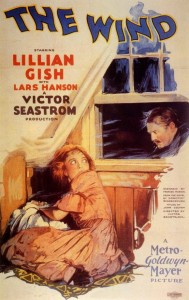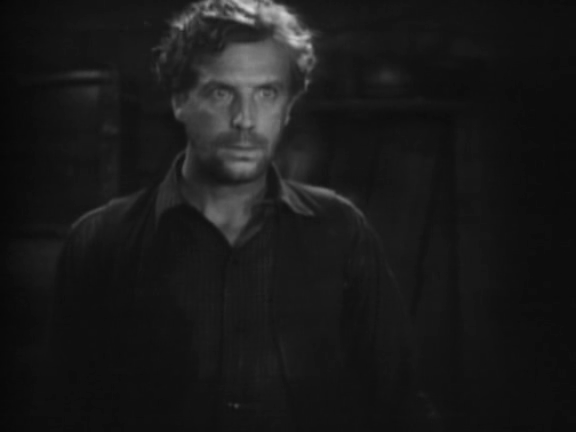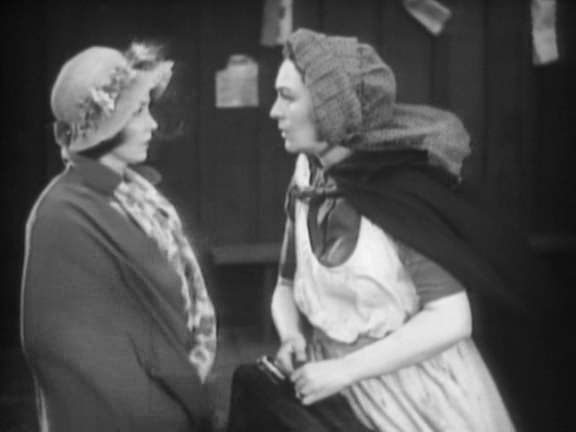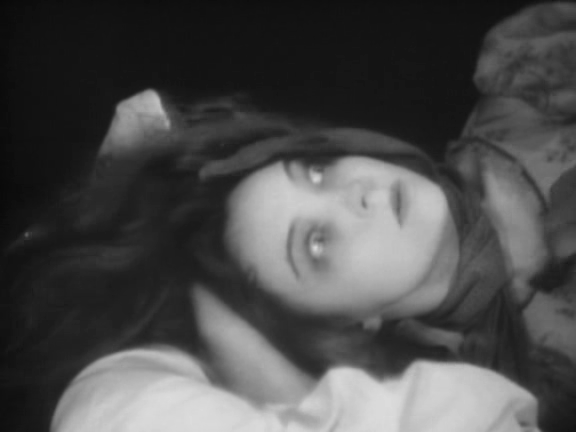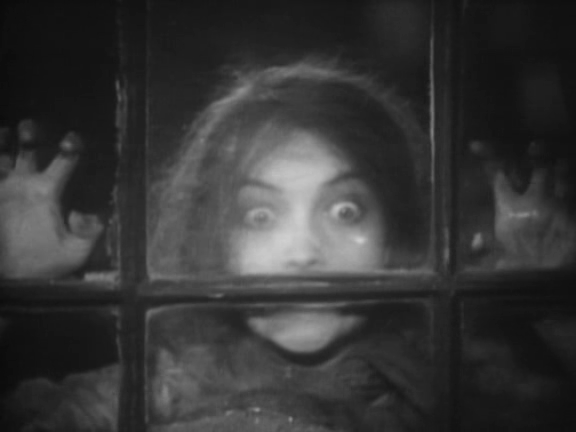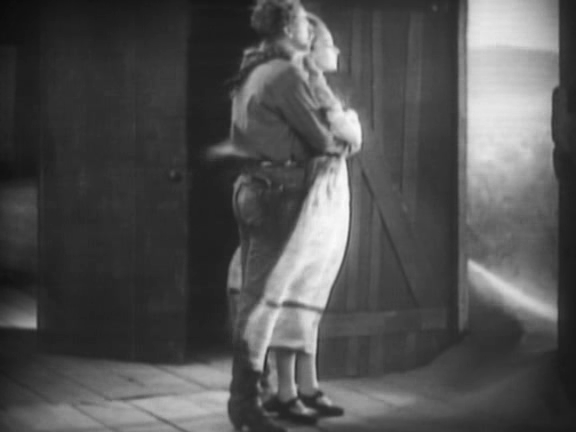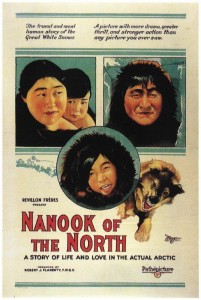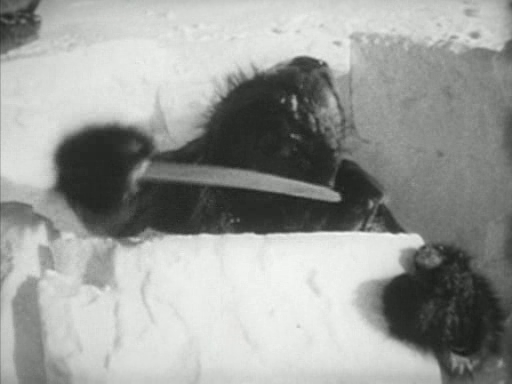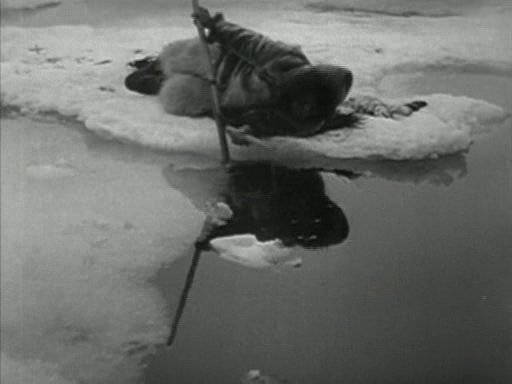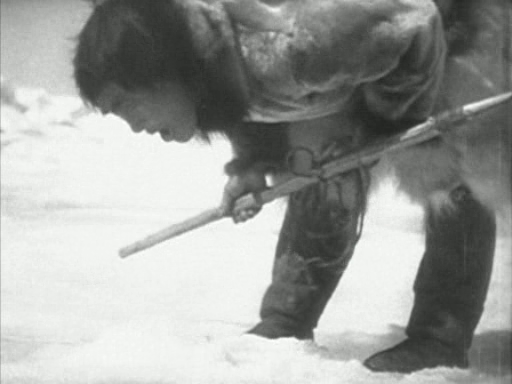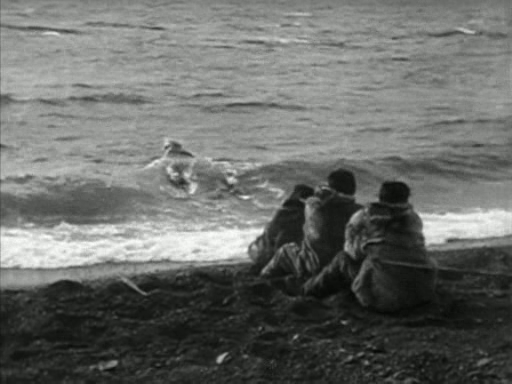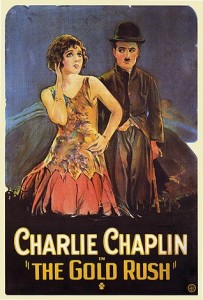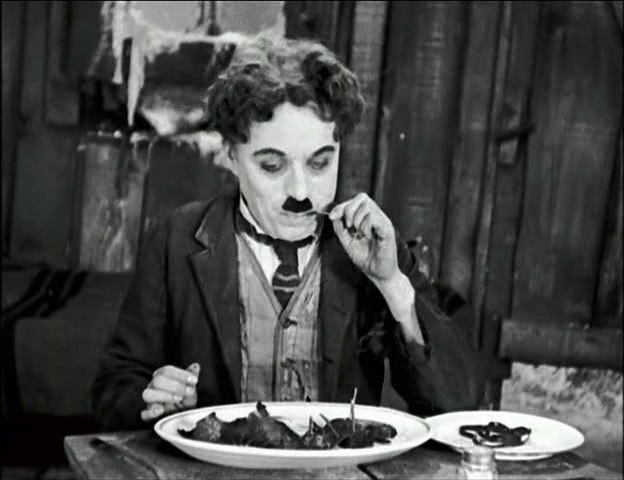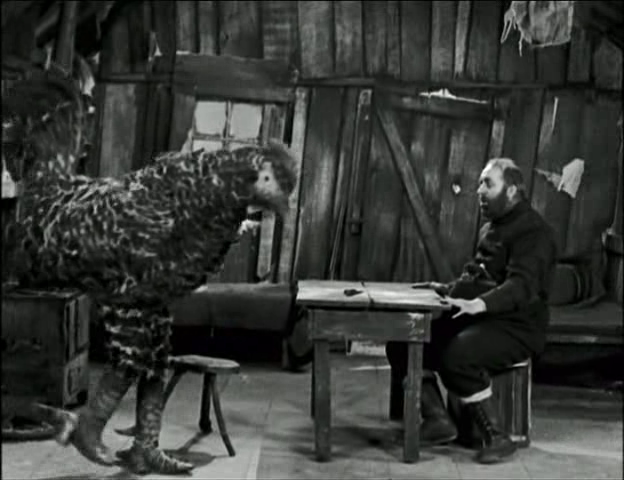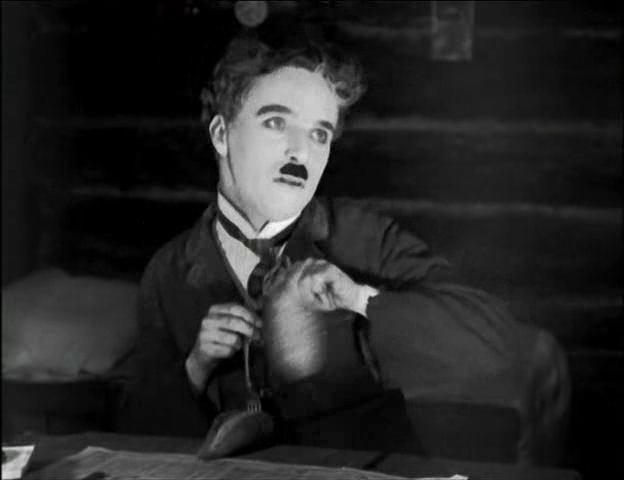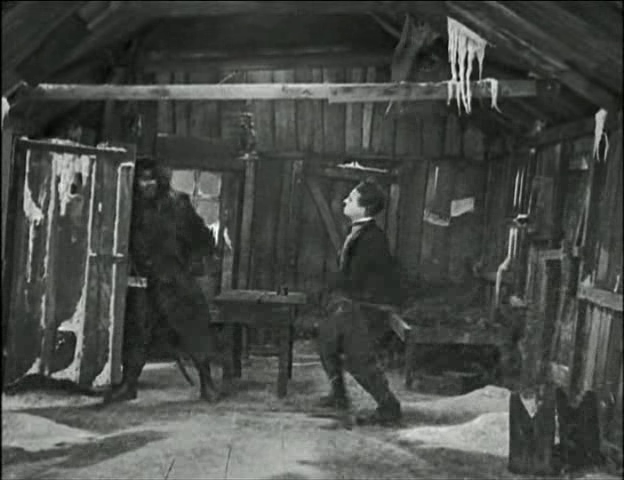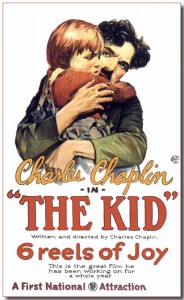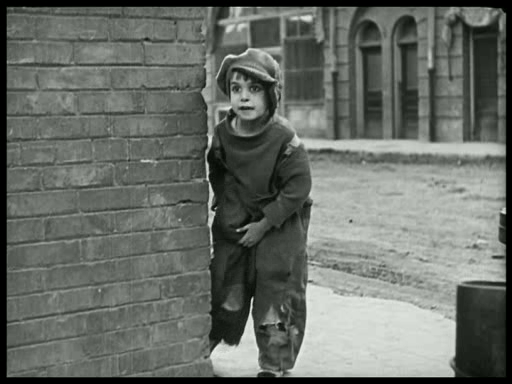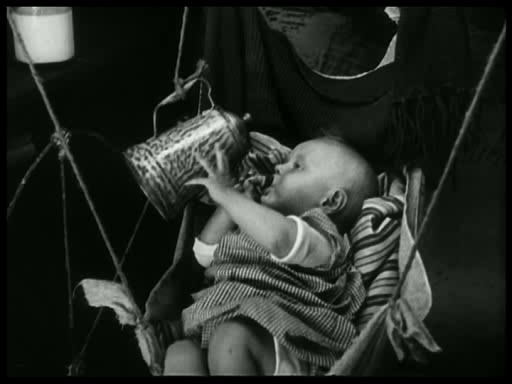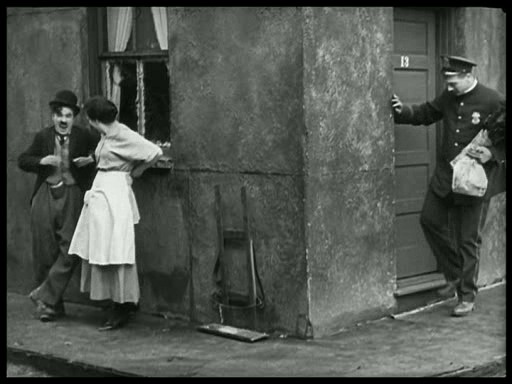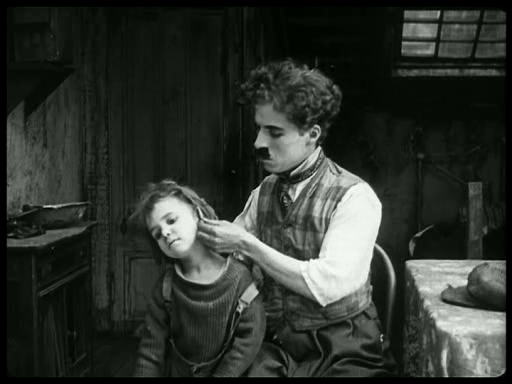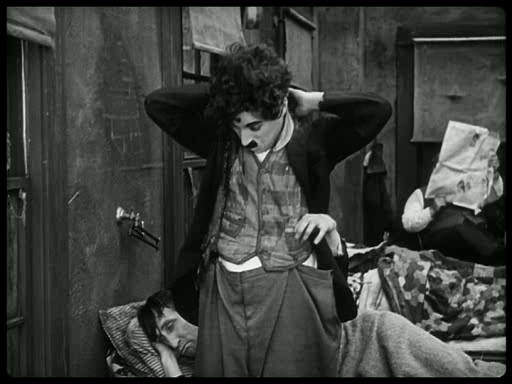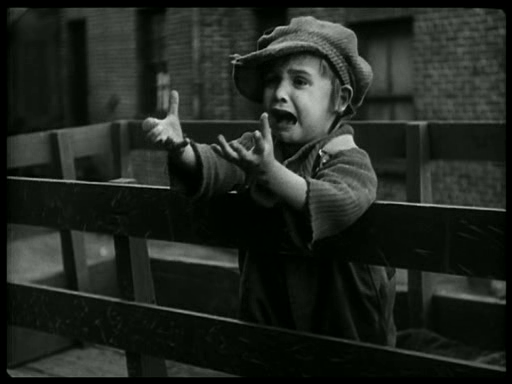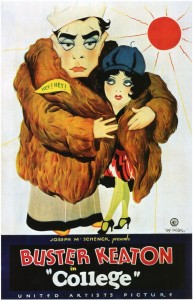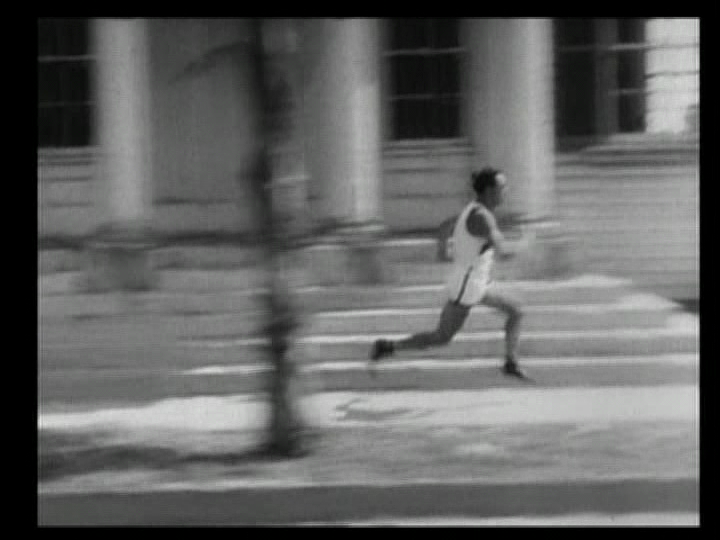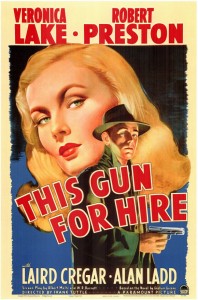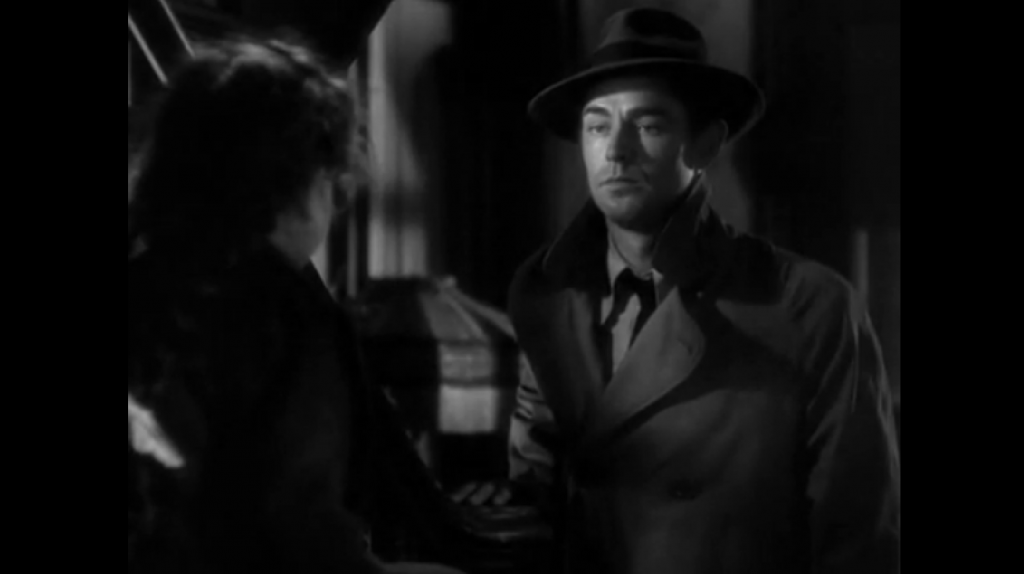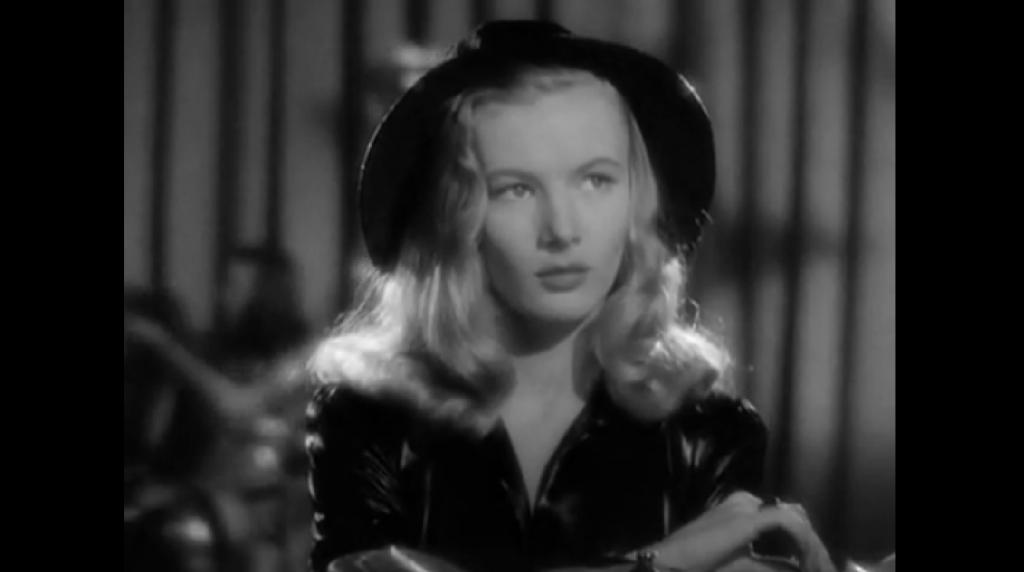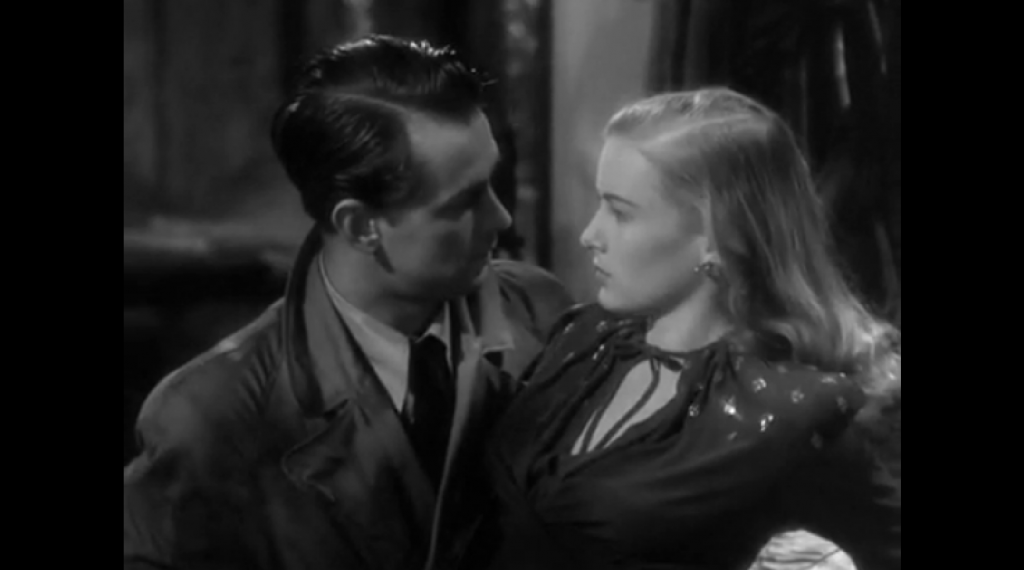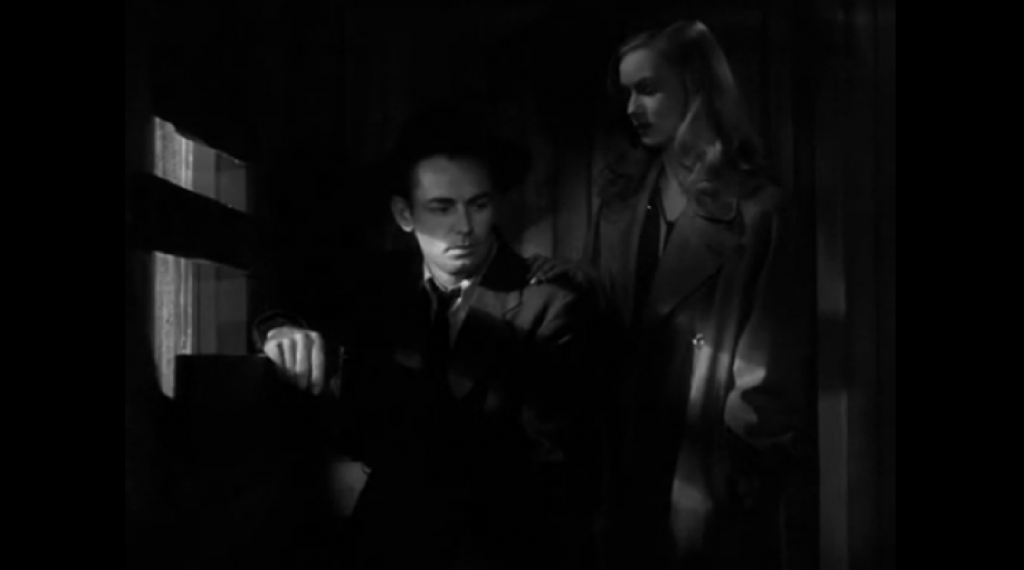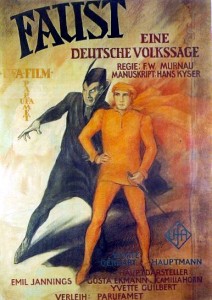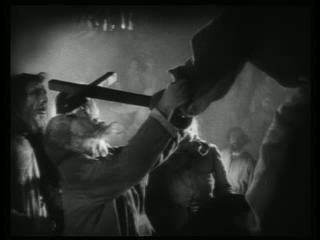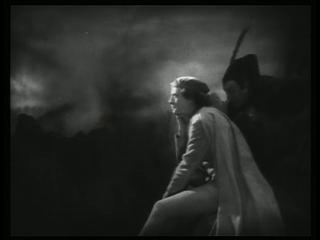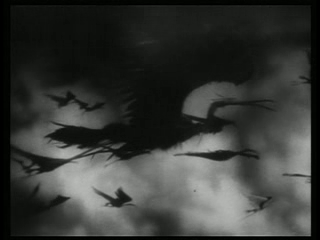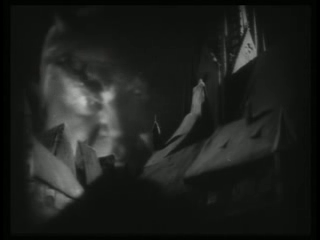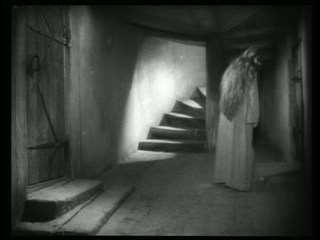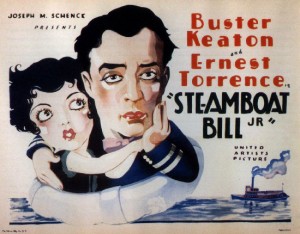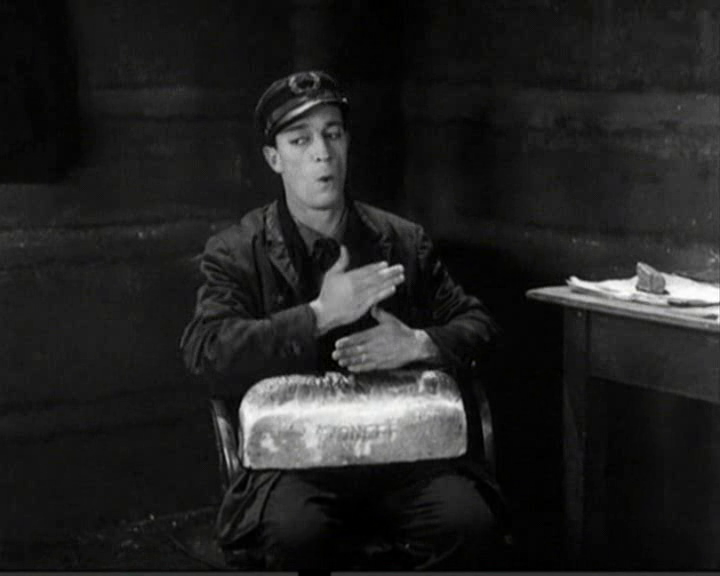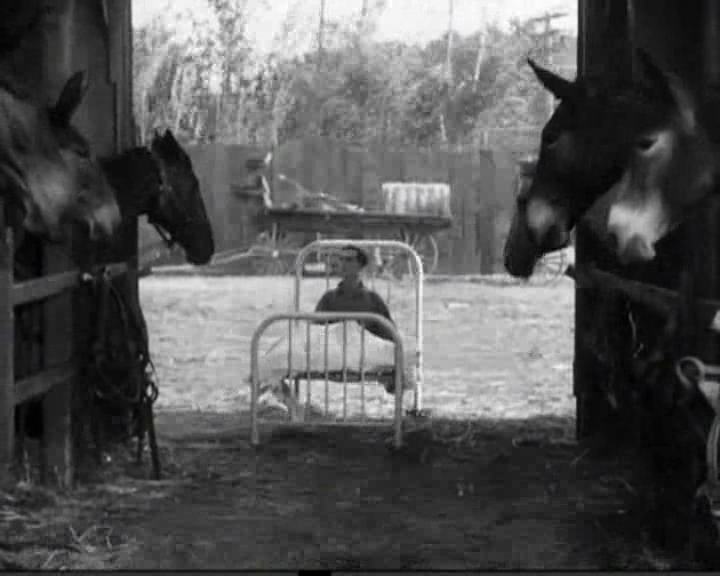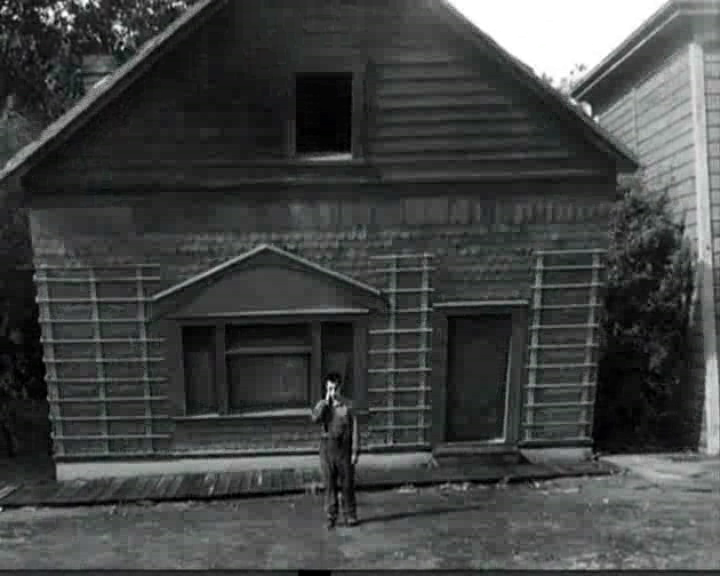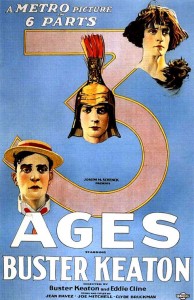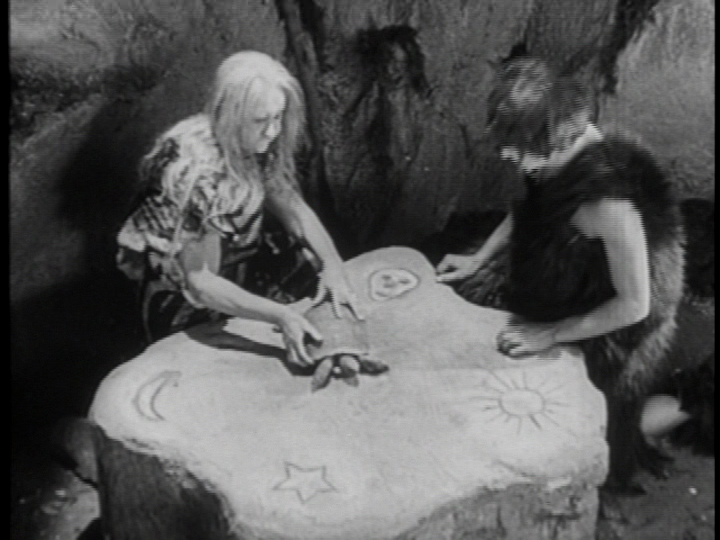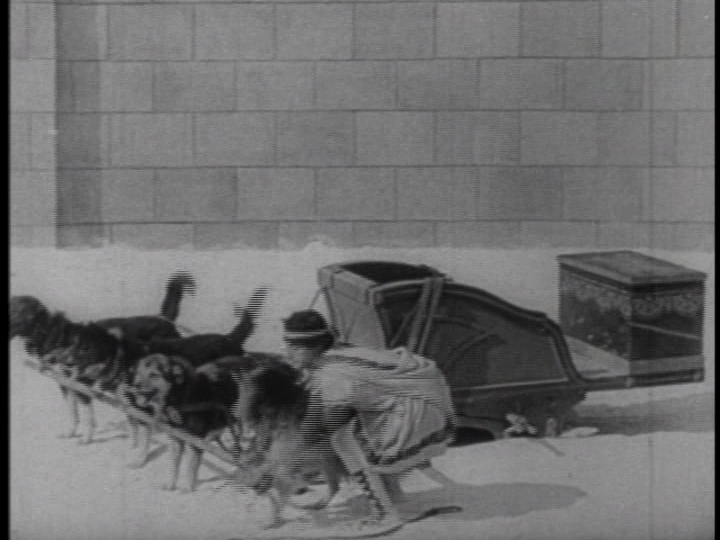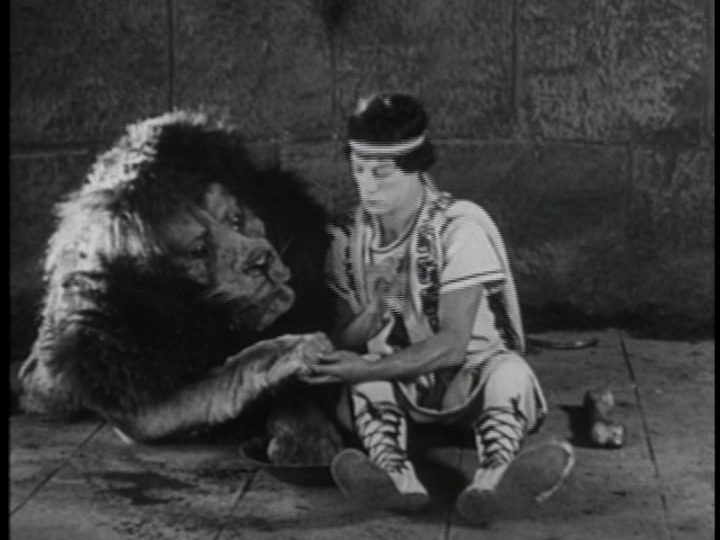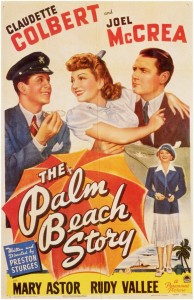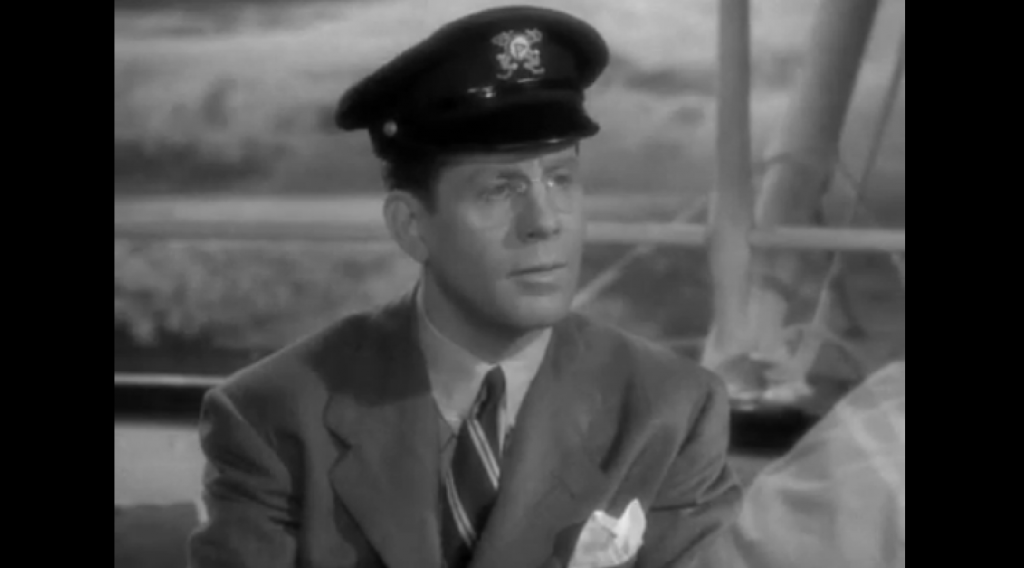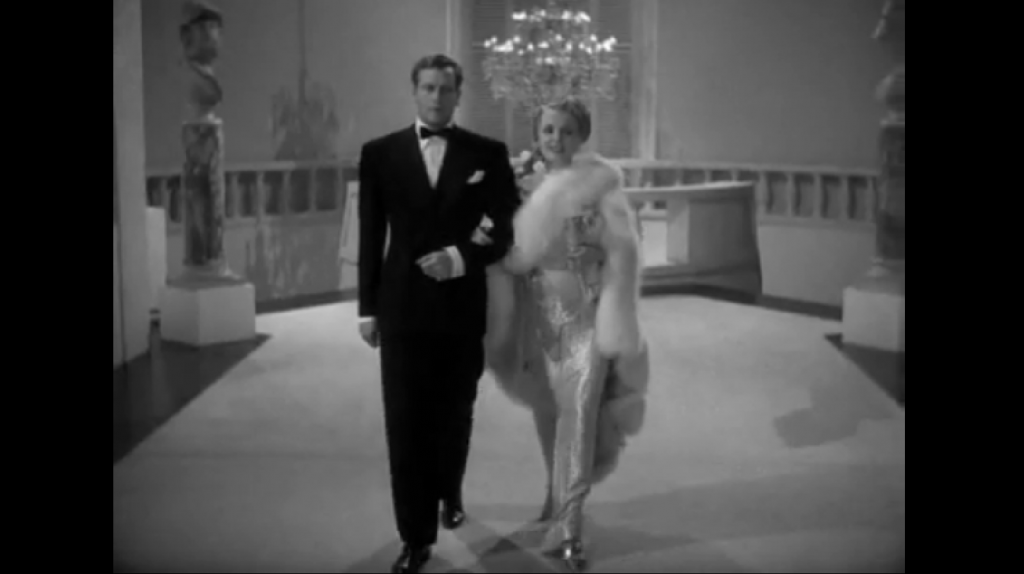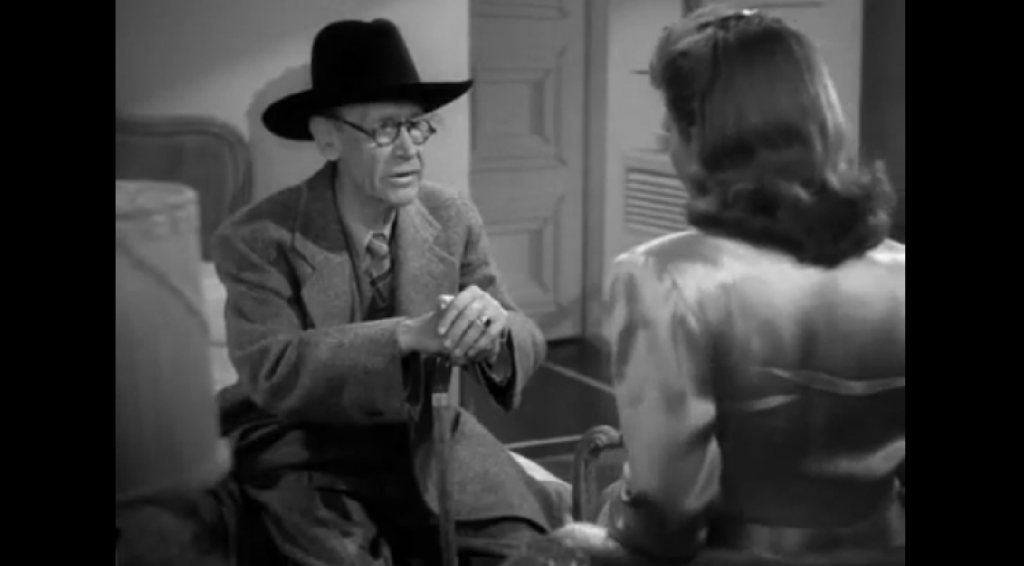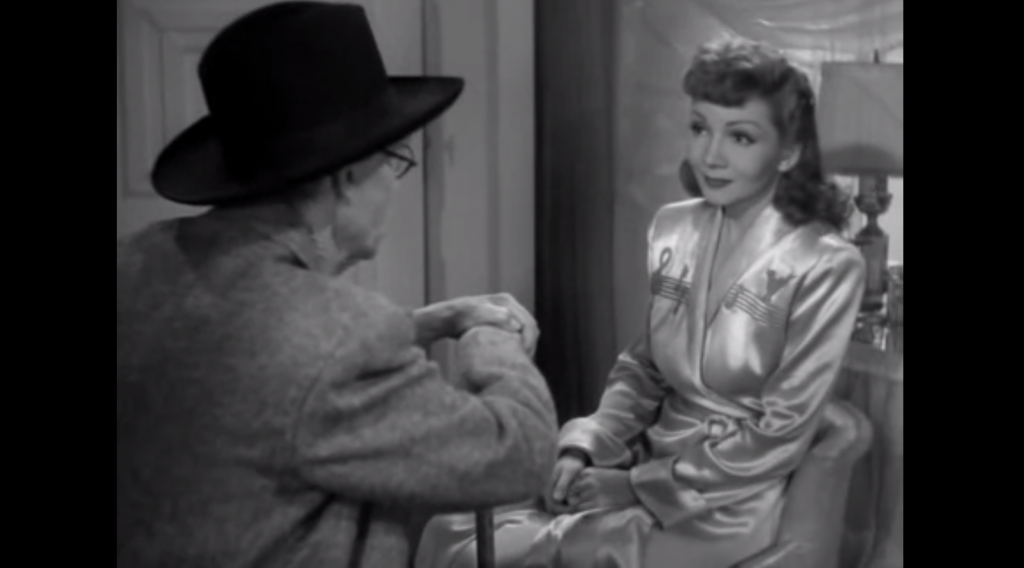Wind, The (1928)
“Day in, day out, whistlin’ and howlin’ — makes folks go crazy, especially women!”
|
Synopsis: |
|
Genres, Themes, Actors, and Directors:
Review: Peary accurately notes that “The Wind is beautifully acted by Gish and the talented, handsome Hanson”, whose portrayal here in a tricky role possesses a surprising amount of subtlety and emotional nuance. Gish, of course, can’t be equalled: as Peary notes, she’s “dynamic in a role that lets her run the gamut of emotions”, and “well aware… it is through her incredible eyes that we perceive the changes her character goes through”; he argues it’s likely that “no one was more aware of the camera than this shrewd actress”. Meanwhile, the film itself is “exquisitely photographed (by John Arnold), with much emphasis on motion”, and Sjostrom creating a “tremendous sense of claustrophobia with repeated shots of the sand swirling towards windows and penetrating everything”. (To that end, one can’t help wondering what area of Texas actually has sandy wind storms that are this insistent and this devastating; would people really choose to live in such a place, given any other option?) The Wind (like all of Sjostrom’s work) is filled with many memorable, psychologically complex images — not just Gish’s “fantasized image of a white horse charging through the skies”, but her very breakdown itself, represented with increasingly expressionistic flair as the elements around her (the incessant sand storms, lecherous Love’s creepy return) eventually destroy every bit of resistance she possesses. Without saying more about the film’s controversial denouement (changed at the insistence of the producers), I will note that the ending manages to satisfy on multiple levels: Gish’s ultimate fate (while perhaps “a little hokey”) is the only one we would have wished for this most put-upon of feminist heroines. Redeeming Qualities and Moments: Must See? Categories
(Listed in 1001 Movies You Must See Before You Die) Links: |
